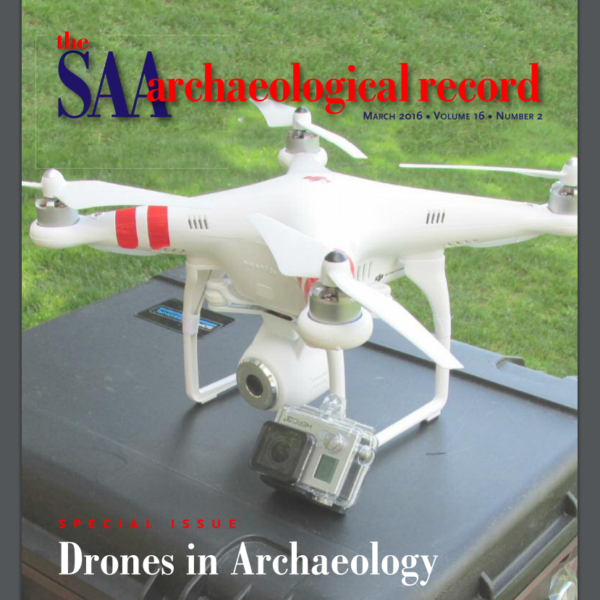UAVs
- Post By: admin
- Date:
- Category: Instruments

 The past several years have seen a marked increase in the use of Unmanned Aerial Vehicles (UAVs; aka drones). UAVs are small, portable, and more affordable than ever. They currently are being used in agriculture, film, search and rescue, energy, real estate, and public safety, among other industries.
The past several years have seen a marked increase in the use of Unmanned Aerial Vehicles (UAVs; aka drones). UAVs are small, portable, and more affordable than ever. They currently are being used in agriculture, film, search and rescue, energy, real estate, and public safety, among other industries.
Archaeologists have already begun to use UAVs in several ways. These include reconnaissance, aerial photography, site documentation, mapping, and photogrammetry. There is big potential for other applications like site preservation, monitoring, and aerial remote sensing. Smaller cameras and sensors that can be mounted to several different types of UAV formats are being produced, creating the potential to hoist many different tools into the air. Comparable to the introduction of GIS and GPS technology into the field of archaeology, UAVs have the potential to change the game for archaeological research as creative minds work to develop new methods and equipment that streamline data collection in the field.
There is room for improvement in regards to standardizing methods and establishing best practices, especially concerning safety. One of the issues UAV operators face in the United States is the Federal Aviation Administration (FAA) regulation of U.S. airspace. Currently, the FAA is drafting laws that will regulate the use of UAVs. While there are some policies in place, the new regulations, set to be passed sometime in 2016 or 2017, will “limit flights to daylight and visual-line-ofsight operations. It also addresses height restrictions, operator certification, optional use of a visual observer, aircraft registration and marking, and operational limits” (FAA 2015). These changes in legislation won’t necessarily limit the use of UAVs in archaeological research, but there will be a series of regulatory steps that any operator will have to take to fly commercially or for academic research. Much like the procedures necessary for archaeological permitting for research or contracts on public lands or for federal projects, archaeologists will also be required to be certified to fly UAVs on any projects slated for UAV use.
Another problem confronting UAV operators is negative publicity. The handful of incidences where UAV operators have carelessly flown or crashed their drones seem to be the ones that get highlighted in the media. The use of drones in military operations overseas has also created a contentious atmosphere and false ideas that their use for commercial or academic purposes will lead to shady practices, like aerial surveillance in U.S. airspace.
It is inevitable that archaeologists will continue to incorporate UAVs into their routine archaeological research programs.
Sources:
Federal Aviation Administration (FAA)
2015 Small UAS Notice of Proposed Rulemaking (NPRM). Electronic document, https://www.faa.gov/uas/nprm, accessed October 12, 2015.
–This text is an extract of Gerardo Gutiérrez and Michael T. Searcy, 2016 “Introduction to the UAV special edition” In: The SAA Archaeological Record. March 16(2). SAA.–